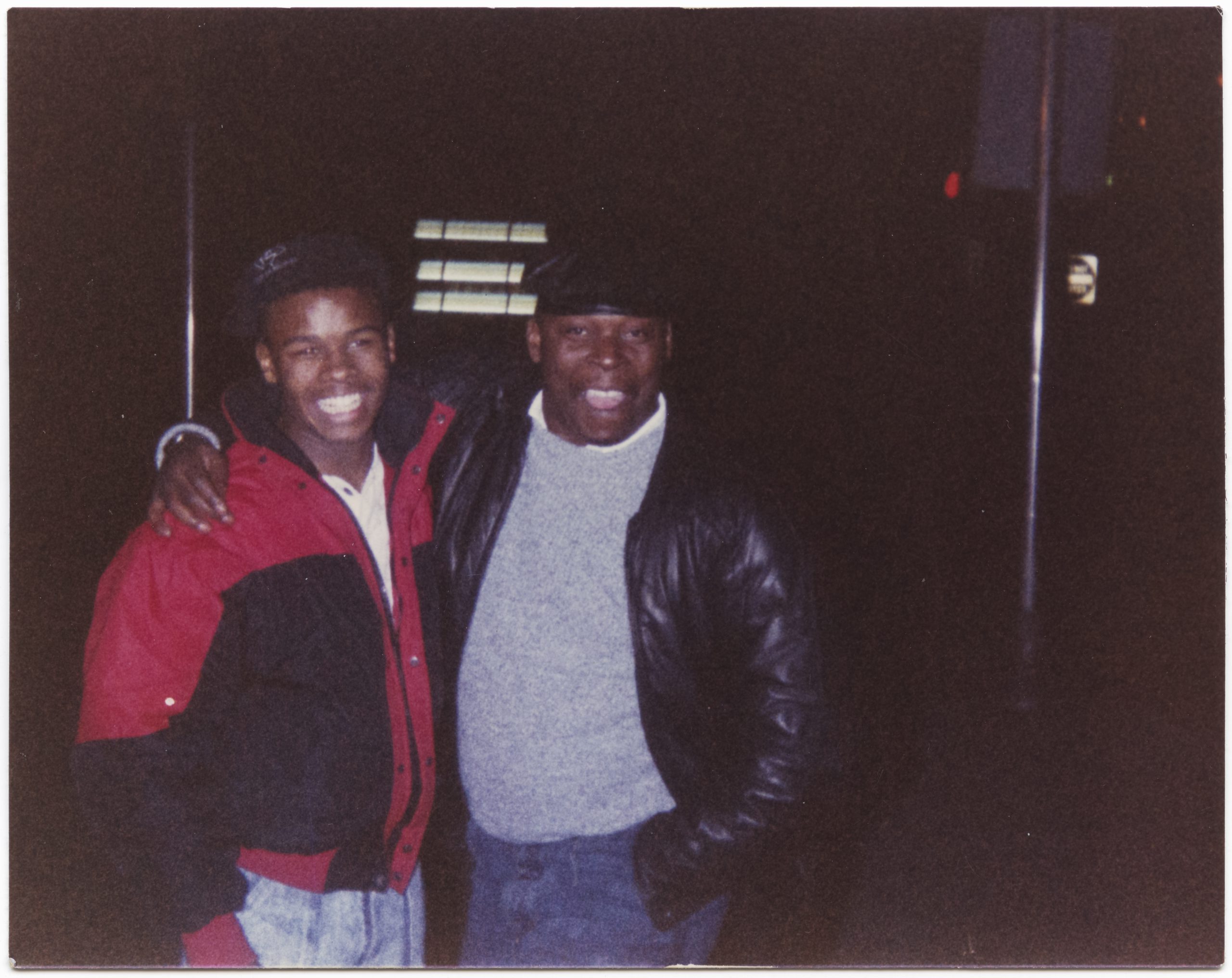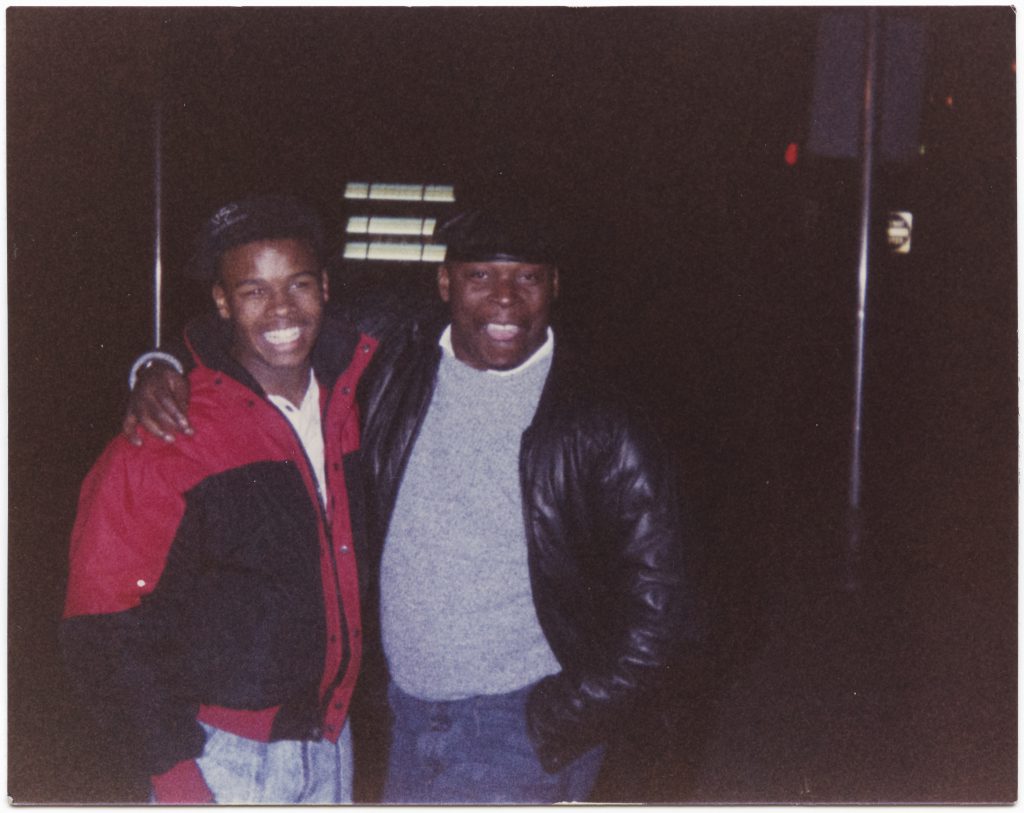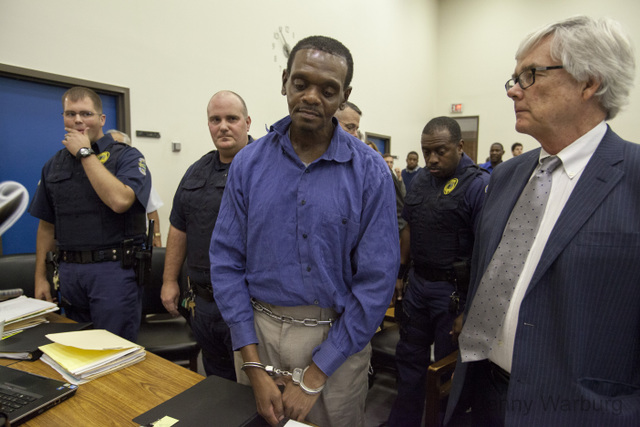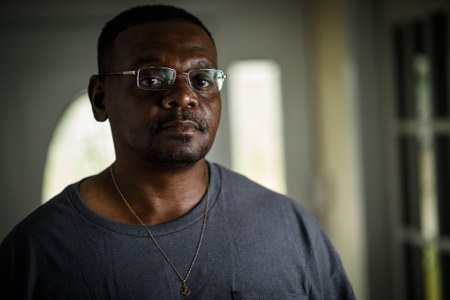After 12 years without an execution, many people believe the North Carolina death penalty is dead. That might be true — if it weren’t for the more than 140 people still on death row. A new report shows that, by today’s standards, most of them shouldn’t be there.




